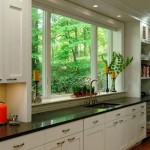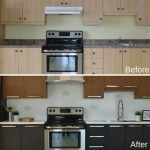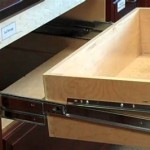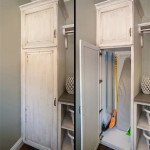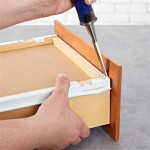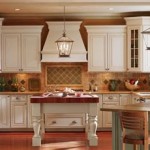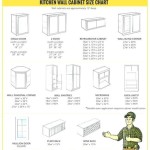Essential Aspects of Understanding What Holds Up Shelves In A Cabinet Revit
In the world of cabinetry, shelves play a crucial role in providing storage and organization. Understanding how these shelves are supported and secured within a cabinet is essential for ensuring their functionality and durability. In this article, we will delve into the fundamental aspects of what holds up shelves in a cabinet Revit, exploring the various methods and components involved.
Methods of Shelf Support
There are two primary methods of supporting shelves in a cabinet Revit:
Adjustable shelf standards, also known as shelf brackets, are metal or plastic supports that are mounted vertically inside the cabinet. They feature slots or holes that allow shelves to be inserted and adjusted to different heights, providing flexibility in storage configuration.
Fixed shelves are permanently attached to the cabinet frame or walls. They are typically made from solid wood or plywood and are designed to support specific weights and dimensions. Fixed shelves offer a more stable and robust solution for heavy items.
Components Involved
Regardless of the support method, the following components are typically involved in holding up shelves in a cabinet:
Shelf cleats are small, triangular blocks that are attached to the back of shelves and rest on the shelf standards. They provide lateral stability and prevent shelves from tipping or sagging.
Shelf pins are cylindrical or oval-shaped pins that insert into holes on the shelf standards. They support the weight of shelves and allow for height adjustment.
Screws or nails are used to secure shelf cleats and standards to the cabinet frame or walls. They provide a strong and reliable connection.
In some cases, additional shelf supports may be required for shelves that span large distances or support heavy weights. Shelf supports are typically brackets or braces that are mounted underneath shelves to provide extra reinforcement.
Factors to Consider
When selecting and installing shelves in a cabinet Revit, several factors should be considered:
It is crucial to determine the weight capacity of shelves and ensure they can withstand the anticipated loads. Overloading shelves can compromise their integrity and pose safety hazards.
The material of shelves, such as wood, metal, or glass, will affect their strength and durability. Choose shelves that are suitable for the intended purpose and weight requirements.
Consider the mounting method of the cabinet and shelves. Ensure that the chosen method is compatible and provides adequate support for the weight and configuration of the shelves.
The spacing between shelves should be optimized to maximize storage capacity while maintaining accessibility. Allow sufficient space for items to be easily retrieved and to prevent overcrowding.
Conclusion
Understanding what holds up shelves in a cabinet Revit is essential for designing and installing functional and durable cabinetry. By considering the methods of support, components involved, and factors to consider, you can ensure that shelves are adequately supported and secure, providing optimal storage and organization within your cabinets.

Revit Content Cupboard
Bim Objects Free Open Laminate Storage Cabinet Bimobject

Revit Content Cupboard

Revit Content Cupboard

Revit Content Cupboard

Revit Content Cupboard

Revit Content Cupboard

Revit Content Cupboard

Revit Families And Bim Objects From Decorative Shelves

Revit Families And Bim Objects From Shelves Bookcases
Related Posts

